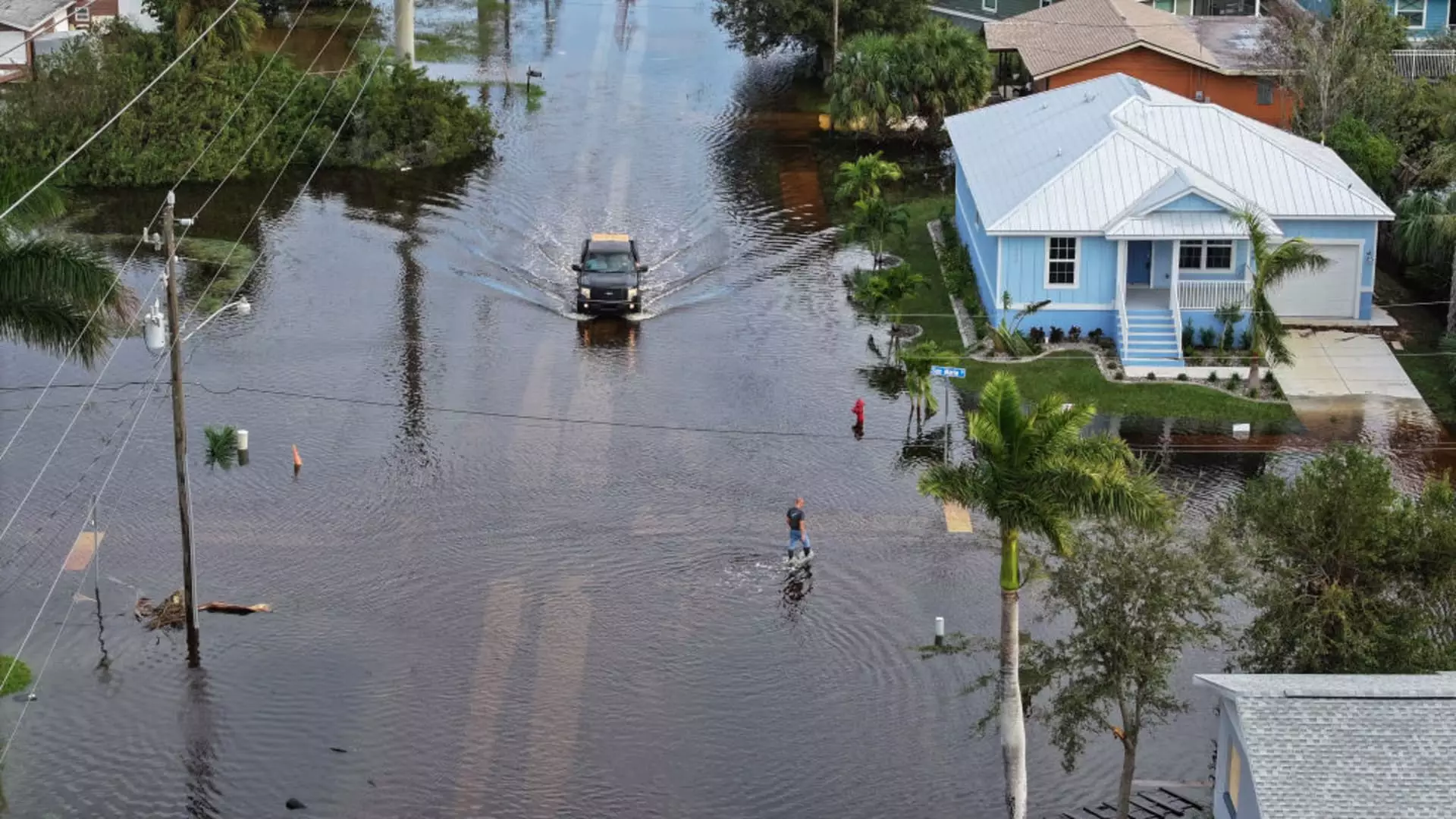As the winds start to shift and the air thickens with anticipation, we find ourselves peering into the heart of hurricane season. With the National Oceanic and Atmospheric Administration (NOAA) forecasting a staggering 60% chance of heightened hurricane activity, the urgency cannot be overstated. An active season is upon us, one that could churn out anywhere from 13 to 19 named storms, including an alarming potential for three to five major hurricanes. This reality compels homeowners, especially those in vulnerable areas, to not only prepare physically but also critically assess their insurance policies. The ramifications of neglecting this responsibility could be disastrous—not just in terms of property damage, but also in emotional and financial turmoil.
Understanding the High Stakes
Hurricanes don’t just blow through; they wreak financial havoc. The previous season alone cost a staggering $500 billion in property damage and economic repercussions, marking it as one of the most devastating on record. As professionals in the fields of risk management, such as Charles Nyce from Florida State University, emphasize, understanding the true value of what you stand to lose is paramount. There’s an unsettling trend of underinsurance among homeowners, often due to a lack of regular policy reviews. With construction costs soaring—rising by over 42% for building materials and 36% for labor—many are ill-prepared to cover potential losses.
Having a roof over your head should not just be about comfort; it should involve an acute awareness of how to protect that investment. This isn’t merely tedious paperwork; it’s an essential step in safeguarding your family’s future. The question this raises is—why do so many homeowners ignore this reality until it’s too late?
Evaluating Policy Limits: Your Safety Net
The limits of your insurance policy serve as your safety net in times of crisis. Failing to ensure these limits accurately reflect the current market value of your property can lead to severe financial fallout. If you haven’t reviewed your policy in the last year, you may discover that your coverage no longer adequately protects you. For instance, in an area where rebuilding costs have surged, maintaining an outdated policy limit could leave you significantly underinsured.
Bob Passmore, a vice president at the American Property Casualty Insurance Association, urges a thorough review of these limits annually. The fact that many homeowners neglect this advice speaks volumes about our collective complacency in the face of impending natural disasters. The “80% rule” is particularly enlightening—if your coverage doesn’t meet at least 80% of the replacement cost, you’re setting yourself up for failure. It’s disconcerting that in a country replete with resources and insulation against disaster, we’re still so unprepared.
The Dangers of High Deductibles
Moreover, many homeowners are enticed by the prospect of saving money on their premiums by raising deductibles without fully understanding the implications. While higher deductibles can reduce your monthly bills, they can also put your immediate financial security at risk. The potential for an enormous out-of-pocket expense after a catastrophic event—shouldering a $10,000 deductible in the event of a wind damage claim—is not a gamble one should take lightly.
This is a cautionary wake-up call. A more prudent approach would be to evaluate whether the initial savings are worth the potential long-term costs. It’s alarming how few have devised a practical financial strategy for handling their post-disaster deductible responsibilities.
Protecting Against Flood Damage
Flooding remains one of the most significant threats associated with hurricanes—and yet it is too frequently overlooked. Standard homeowner’s insurance typically doesn’t cover flood damage. This oversight can be catastrophic. A mere 1% of American households nationwide are protected by flood insurance through the National Flood Insurance Program. With flooding responsible for 90% of disaster damages in the U.S., it is indisputable that obtaining this coverage should be a priority.
Delay is not an option here. Acquiring flood insurance typically comes with a 30-day waiting period before it becomes effective. This is a crucial detail that homeowners must internalize: you cannot simply wait until the storm is brewing to seek protection. An expertly crafted flood insurance policy could mean the difference between financial ruin and enduring the storm’s aftermath.
The reality of hurricane season is grim; it requires a proactive, conscientious approach. Now is the time for homeowners to shun complacency and engage actively with their insurance policies to safeguard their homes and their families. The stakes have never been higher. Ignorance is not bliss when the winds begin to howl—it is a recipe for disaster. The simple act of reviewing and understanding your policy today could very well spare you the torment of financial loss tomorrow. Let us embrace the responsibility of preparedness before it’s too late.

